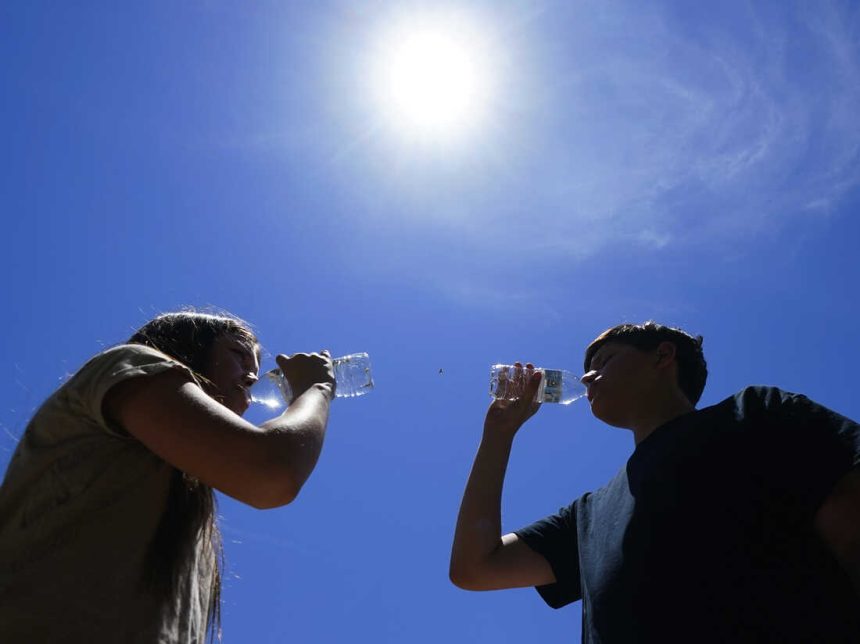West Africa and the Sahel region have been hit by a heatwave with temperatures rising as high as over 45°C that claimed hundreds of lives within days across the worst hit countries.
According to rapid analysis by an international team of leading climate scientists from the World Weather Attribution group the worst of the heatwaves was witnessed in late March and early this April, when extreme heat impacted countries in the region.
Their report revealed that the hottest temperature occurred on April 3, when Mali recorded 48.5°C. In Bamako During the period, it was reported that a hospital in the country announced a surge in excess deaths, with 102 deaths over the first four days of April, about half of which were over the age of 60 and linked to the heatwave.
The report says that A heatwave like the recent one is still relatively rare, even in today’s climate, adding that the daytime temperatures like those experienced in Mali and Burkina Faso, where heat-related fatalities were reported, are expected around once in every 200 years.
They have, however, warned that events like these will become much more common, and even more dangerous, unless the world moves away from fossil fuels and countries rapidly reduce emissions to net zero.
“If global warming reaches 2°C, as is expected to occur in the 2040s or 2050s unless emissions are rapidly halted, similar events will occur 10 times more frequently,” the report stated.
The researchers also quantified the possible influence of El Niño on the heat, but found that its effect was not significant when compared with the influence of human-caused climate change.





